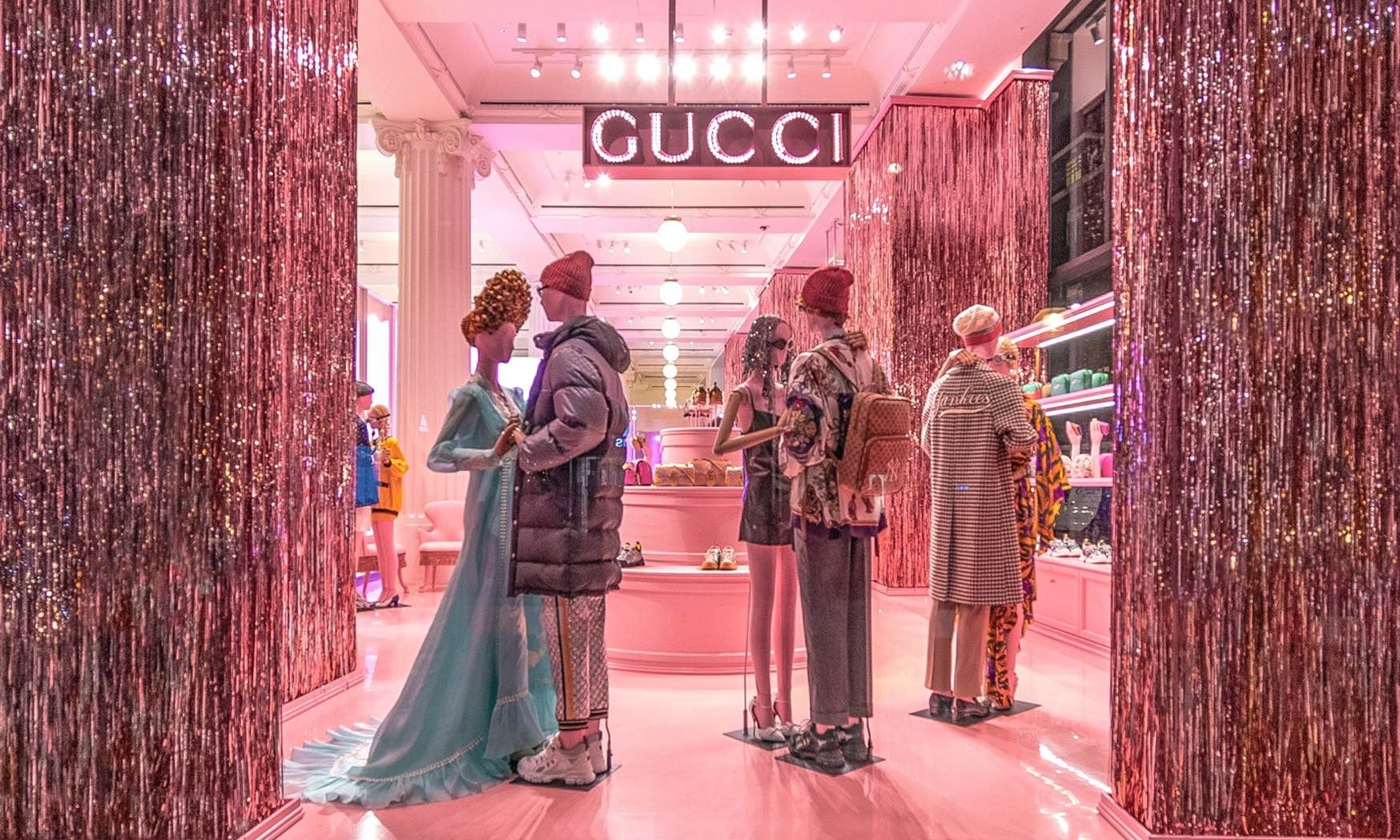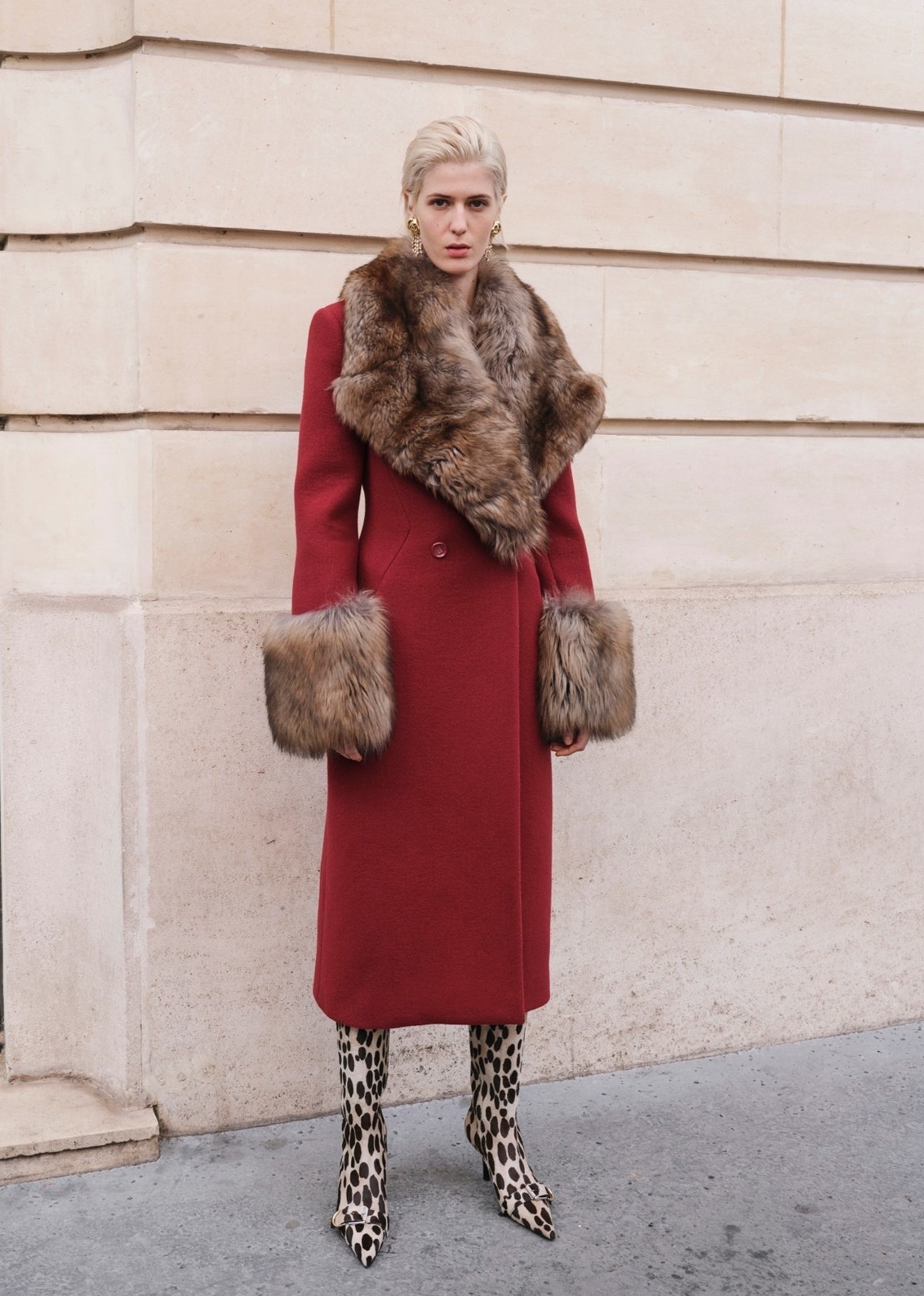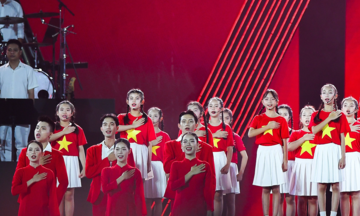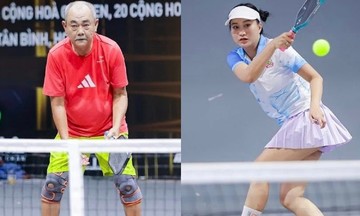For over a decade, the luxury fashion industry was considered crisis-proof. Even during global economic downturns or after the pandemic, the purchasing power of the wealthy remained strong. However, since late 2023, the picture has changed. In December 2024, New York Times fashion editor Katharine K. Zarrella remarked, "The luxury goods sector is in a death spiral".
According to the US firm Bain & Company and Italy's Altagamma Foundation, major groups like LVMH and Kering saw their global Q1 revenues decline by 3% and 14% respectively, with a sharp drop in the Chinese market—once the primary growth driver. Last year, the global personal luxury goods market grew by only 4%—the lowest since the pandemic, compared to 20% in 2021 and 9% in 2022.
Bloomberg cites several reasons for this downturn, including the unstable global economy. Persistent inflation, high interest rates, and a weakening economic outlook have directly impacted consumer spending. Bloomberg notes that US consumers—the largest market for luxury goods—are tightening their belts, prioritizing essential needs over high-end purchases. Meanwhile, Europe faces rising energy costs and political instability, dampening domestic demand.
 |
Kering Group struggles as Gucci's revenue continues to decline, compounded by mounting debts. Photo: Ciclica |
Kering Group struggles as Gucci's revenue continues to decline, compounded by mounting debts. Photo: Ciclica
Tariff uncertainty also poses a significant challenge. The Donald Trump administration imposed a 15% tariff on European Union goods and 39% on Swiss goods. According to Reuters, this is a "nightmare" as many luxury goods are manufactured in France or Italy, and many watches come from Switzerland. These tariffs have caused prices to skyrocket, putting pressure on both suppliers and consumers.
The slowdown in China, a key market, further contributes to the decline. China once accounted for 25% of global luxury sales. However, slower economic growth, high youth unemployment, and consumer anxiety have reduced purchasing power. Reuters reports that luxury sales in China fell by 8% in 2024—the steepest decline in over a decade. This stagnation in a crucial market has destabilized the entire industry.
Additionally, younger generations are rapidly changing their consumption habits. Gen Z and Millennials are increasingly prioritizing sustainability, experiences, and personal identity over displays of social status. A McKinsey survey revealed that 70% of Gen Z believes luxury fashion should align with social and environmental responsibility; otherwise, they are unwilling to pay the price.
The industry itself is considered saturated and lacking in innovation. The market has become increasingly homogenous, with major brands racing to release products that lack originality. "IT bags" and "limited editions" no longer create the same sense of scarcity. As the element of exclusivity—the core of luxury—erodes, the appeal diminishes.
The elite enjoy fashion at Paris Fashion Week in July. Video: YouTube Vovkaplusone
This lack of innovation coupled with steep price increases is turning wealthy customers away. According to the Financial Times, the average price of luxury goods in Europe may have increased by tens of percent since 2019. Customers are questioning the value proposition between price, experience, and quality.
Luxury brands also face the rise of secondhand and rental markets. According to the Boston Consulting Group, the secondhand luxury market is projected to reach $60 billion this year, double the 2019 figure. Younger consumers are embracing buying or renting pre-owned luxury items to satisfy their fashion needs without the hefty price tag, impacting the demand for new goods.
Many experts are questioning the future of the industry and how to halt the decline. Vogue suggests redefining luxury. Instead of focusing on logos and ostentation, brands need to rebuild the concept of luxury based on quality, craftsmanship, rarity, and sustainability. Younger consumers are no longer swayed by extravagance but seek intrinsic value and authenticity.
Fashion houses also need to enhance personalization and customer experience to stimulate demand. According to Deloitte, 57% of customers are willing to pay more for highly personalized shopping experiences. Leveraging AI, big data, and interactive digital technologies can help brands tailor services to individual customers.
To better serve Gen Z, brands must accelerate their green transition. Social responsibility and sustainable development are no longer optional but mandatory. Brands need to invest in recycled materials, transparent supply chains, and low-emission commitments. Vogue believes sustainability will be the new measure of luxury in the coming decade.
 |
Givenchy is among the brands transitioning to green practices, using faux fur instead of real fur, focusing on environmental protection. Photo: Gorunway |
Givenchy is among the brands transitioning to green practices, using faux fur instead of real fur, focusing on environmental protection. Photo: Gorunway
According to Reuters, to avoid over-reliance on China, brands should expand into the US, Japan, the Middle East, and especially India, where a new affluent class is rapidly growing. Geographic diversification not only stabilizes sales but also offers opportunities to redefine brand image in different cultural contexts.
Experts predict a period of intense "blood filtering" for the industry over the next 5 years. Brands overly reliant on past glory will struggle, while those that adapt, embrace culture, sustainability, and innovation will lead the way.
According to Bain & Company, while 2025 may be a "dark" year, in the long term, the luxury market could still reach 580-600 billion euros by 2030 if it restructures to meet the expectations of the new generation of customers.
Sao Mai












